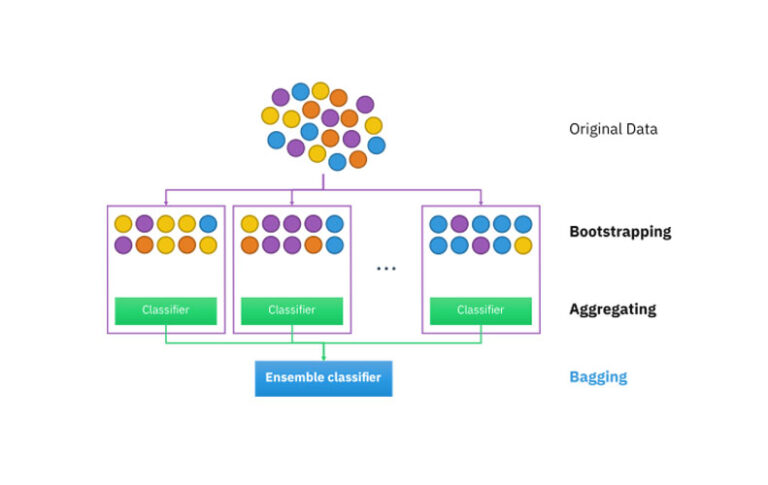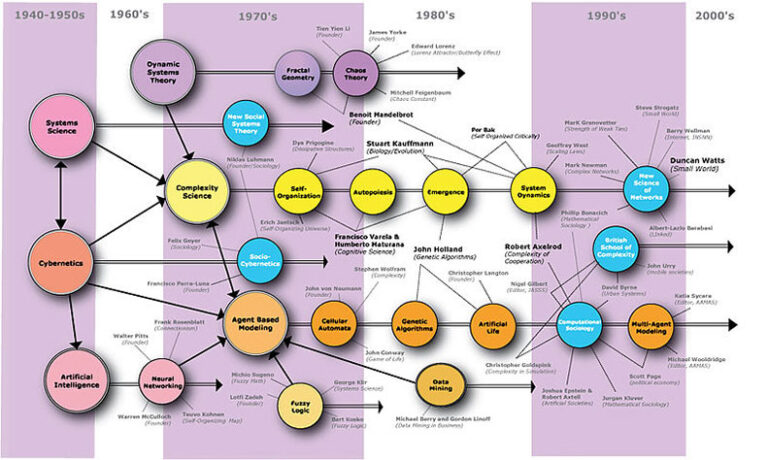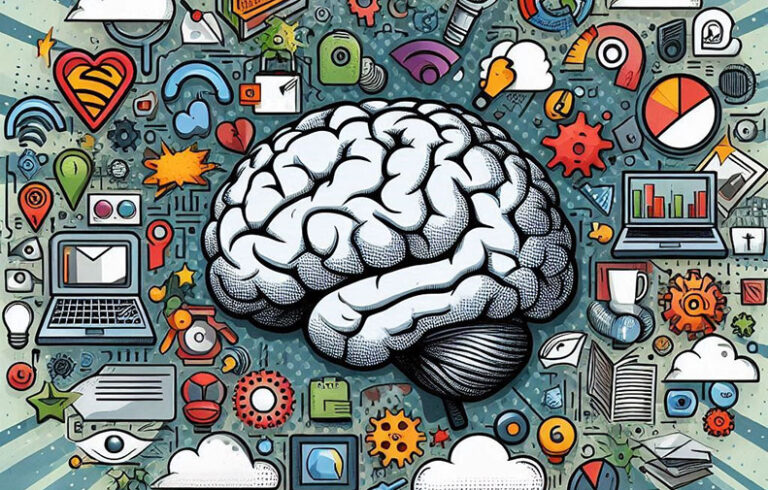Recurrent Neural Network (RNN)
Table of Contents
What is Recurrent Neural Network (RNN)?
Recurrent Neural Networks (RNNs) are a type of artificial neural network that is designed to handle sequential data. Unlike traditional feedforward neural networks, which only process input data in a single direction, RNNs have connections that allow information to flow in both forward and backward directions. This unique architecture makes RNNs well-suited for tasks such as language modeling, speech recognition, and time series prediction.
How Recurrent Neural Network Work
At the heart of an RNN is the concept of recurrent connections. These connections allow the network to maintain a memory of previous inputs, enabling it to make predictions based on past information. In a typical RNN architecture, each neuron is connected to itself, creating a loop that allows information to be passed from one time step to the next.
During the training process, RNNs learn to update the weights of these recurrent connections in order to capture patterns in the sequential data. This allows the network to make predictions about future values based on the information it has seen so far. By adjusting the weights of the connections, the RNN can learn to model complex relationships in the data and make accurate predictions.
Applications of Recurrent Neural Network
RNNs have been widely used in a variety of applications, including natural language processing, speech recognition, and time series analysis. One of the key strengths of RNNs is their ability to handle sequential data of varying lengths. This makes them well-suited for tasks such as text generation, sentiment analysis, and machine translation.
In natural language processing, RNNs are often used to model the context of a sentence or paragraph. By analyzing the sequential nature of language, RNNs can predict the next word in a sentence or generate new text based on a given input. This has led to the development of language models that can produce human-like text and improve the accuracy of machine translation systems.
In speech recognition, RNNs are used to process audio data and convert it into text. By analyzing the sequential patterns in speech signals, RNNs can identify words and phrases and transcribe them into written form. This makes RNNs an essential tool for applications such as voice-controlled assistants and speech-to-text systems.
In time series analysis, RNNs are used to predict future values based on past data. By training the network on historical time series data, RNNs can learn to capture patterns and trends in the data and make accurate forecasts. This has applications in finance, weather forecasting, and other fields where predicting future values is crucial.
Challenges and Limitations of Recurrent Neural Network
While RNNs have proven to be effective in many applications, they also have some limitations. One of the main challenges of RNNs is the problem of vanishing gradients. This occurs when the gradients of the loss function become very small as they are backpropagated through the network, making it difficult for the network to learn long-term dependencies in the data.
To address this issue, researchers have developed variants of RNNs, such as Long Short-Term Memory (LSTM) and Gated Recurrent Unit (GRU) networks, which are designed to better capture long-term dependencies in the data. These architectures use specialized gating mechanisms to control the flow of information through the network and prevent the gradients from vanishing during training.
Another limitation of RNNs is their computational complexity. Training RNNs on large datasets can be time-consuming and resource-intensive, making it difficult to scale them to handle massive amounts of data. Researchers are actively working on developing more efficient training algorithms and hardware accelerators to speed up the training process and make RNNs more practical for real-world applications.
Conclusion
Recurrent Neural Networks (RNNs) are a powerful tool for handling sequential data and have been successfully applied to a wide range of applications, including natural language processing, speech recognition, and time series analysis. By leveraging recurrent connections and learning to capture patterns in the data, RNNs can make accurate predictions and generate meaningful insights from complex datasets.
Despite their challenges and limitations, RNNs continue to be an active area of research, with ongoing efforts to improve their performance and scalability. By developing new architectures and training algorithms, researchers are working to unlock the full potential of RNNs and expand their applications to new domains. As the field of deep learning continues to evolve, RNNs are likely to play a key role in shaping the future of artificial intelligence and machine learning.





